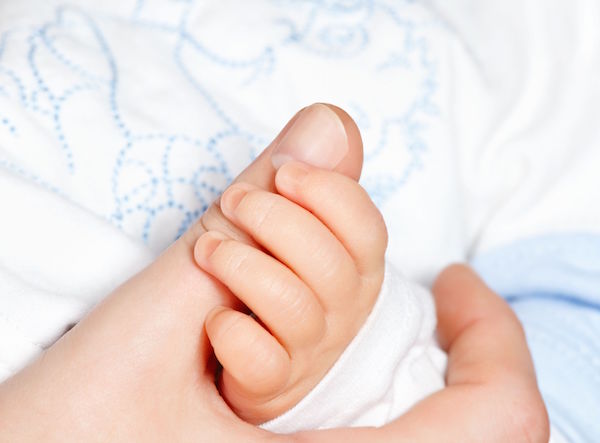TUESDAY, June 7, 2016 (HealthDay News) — Young children with a rare and often deadly cancer of the nervous system might have a better chance of survival if they receive two stem cell transplants, a new study reports.
The double stem cell transplant allows children with neuroblastoma to withstand two rounds of chemotherapy rather than one, improving their odds by killing more cancer cells, said lead researcher Dr. Julie Park. She is a professor of pediatrics at the University of Washington School of Medicine, in Seattle.
Three years after diagnosis, about 61 percent of children who received a double transplant remained alive and cancer-free, compared to 48 percent of children who only received a single transplant, the researchers reported.
Survival improved even more when kids also were treated with immunotherapy drugs, which boost the ability of their immune systems to find and destroy cancer cells, the researchers said.
“This finding will change the way we treat children with high-risk neuroblastoma in North America, which still claims many young lives and is in urgent need of better treatments,” Park said in a news release from the American Society of Clinical Oncology.
Park presented the research findings Sunday at the American Society of Clinical Oncology annual meeting, in Chicago. Research presented at meetings is typically considered preliminary until peer-reviewed and published in a medical journal.
Neuroblastoma affects the body’s sympathetic nervous system, which consists of nerve fibers or cells that lie outside the brain or spinal cord and help control automatic bodily functions, according to the American Cancer Society.
Only 700 new cases of neuroblastoma are diagnosed each year in the United States. But, it is the second most common tumor in children and the most common cancer in infants, researchers said in background notes.
Usually, fewer than half of kids with high-risk neuroblastoma live five or more years past diagnosis, the researchers said.
The chemotherapy regimen doctors use to treat high-risk neuroblastoma is extremely toxic, as much as 10 times more so than chemo used against other childhood cancers, said Dr. Clarke Anderson, a pediatric oncologist with City of Hope National Medical Center in Duarte, Calif.
Park agreed. “It’s really aggressive treatment,” she said. “It’s probably the most aggressive treatment we give for any childhood cancer.”
Heavy doses of chemotherapy have been shown to improve survival in neuroblastoma, but such toxic treatment severely damages the bone marrow, where new blood cells are produced.
Because of this, kids who undergo this treatment are given a stem cell transplant to restore their bone marrow to health, using stem cells harvested from their own bodies prior to chemotherapy.
Park and her colleagues figured that if one round of chemo and stem cell transplant is good, then two rounds back-to-back might be even better.
They treated 652 patients newly diagnosed with high-risk neuroblastoma, about 3 years old on average, between November 2007 and February 2012. Nearly nine out of 10 kids had stage 4 neuroblastoma.
The children were randomly assigned to receive either one or two rounds of chemotherapy followed by stem cell transplants. In each group, about three out of four kids also were randomly selected to receive immunotherapy on top of chemotherapy.
After three years, 61.4 percent of kids who underwent a tandem stem cell transplant had not died or experienced a recurrence or worsening of their cancer. This compared to 48.4 percent of kids who underwent a single transplant, the researchers said.
Children in both groups who also received immunotherapy did even better. Researchers achieved a three-year event-free survival rate of 73.2 percent for tandem-transplant patients, and 55.5 percent for single-transplant recipients.
“The addition of the immunotherapy is just amazing,” Anderson said. “If you look at what it’s done, those kids that got the double transplant who also had immunotherapy afterward, it’s just amazing.”
For most of these kids, remaining alive and cancer-free after three years is an encouraging sign, Park said.
“We know that most neuroblastoma recurrences occur within two to three years from diagnosis, and that patients who have not had a recurrence at three years have a better chance of long-term survival,” Park said.
The addition of a second round of chemo and stem cell transplant did not appear to increase the rate of severe toxicity, she added. Fewer treatment-related deaths occurred among tandem transplant recipients, compared with single transplant patients.
“Kids are resilient,” Anderson said. “Chemotherapy even in a single transplant is very strong. To have two of them, it’s really hard. But kids are resilient. They recover quite well, and in most cases they tolerate quite well.”
More information
For more on neuroblastoma, visit the American Cancer Society.
Copyright © 2025 HealthDay. All rights reserved.

